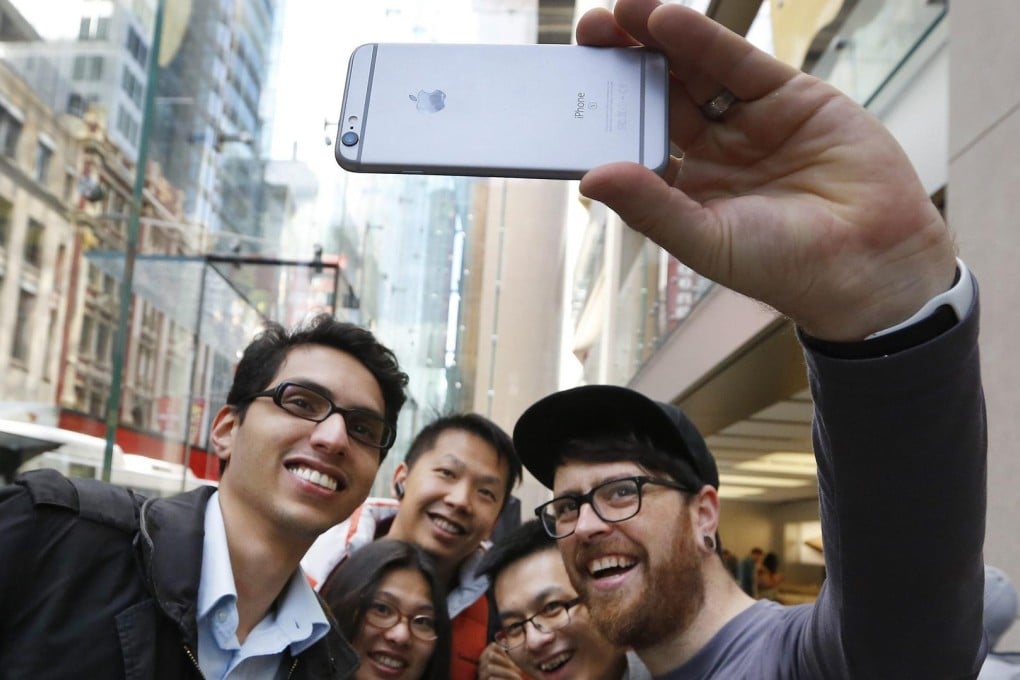Time to unleash the young and creative on the global economy to spur growth
Andrew Sheng says as disruptive technology remakes the global economy, growth increasingly depends on innovation, and our youth are best placed to foster change


We must begin to build the platforms and new social institutions to allow youth to channel their energies towards creative outlets - not in rebellion of the present, but to shape the future
Innovation is all about changing the status quo - to do what most people thought impossible.
Asian economies today are facing both the threat of disruptive technology and the benefits of new growth and new profits.
Disruptive technology is a cutthroat business. In the smartphone business, for instance, two companies - Apple and Samsung - dominate, with almost everyone else bleeding losses or being reconfigured.
Likewise, Factory Asia is facing compressed creative destruction - as its industries like coal, steel, petrochemicals and cars are facing excess capacity, pollution constraints and huge energy and resource inefficiencies. No Asian dragon or tiger economy is immune to the combination of both technology disruption and "secular stagnation", the advent of slow growth and deflation.
Harvard professor Dani Rodrik thinks that growth through knowledge-based services could be the focus going forward. However, the shift to a services-driven economy inevitably comes at a cost of slower gross domestic product growth. The value-added services depend also on the skills of the workers. A different policy mindset is required to shift our successful manufacturing model to a service- and innovation-driven one.
